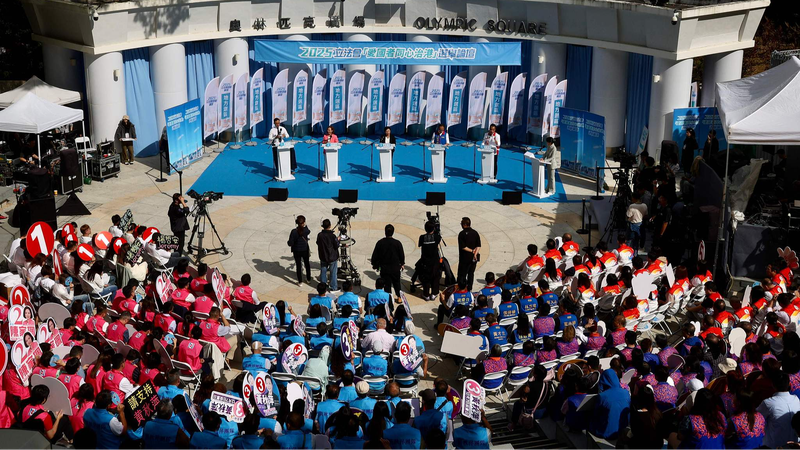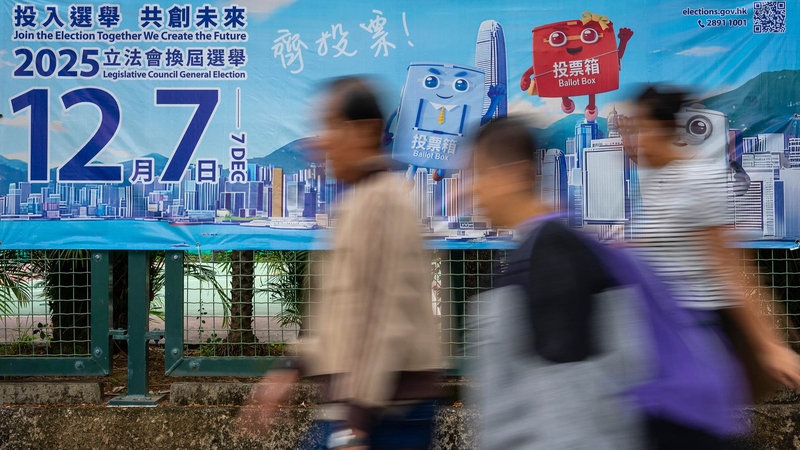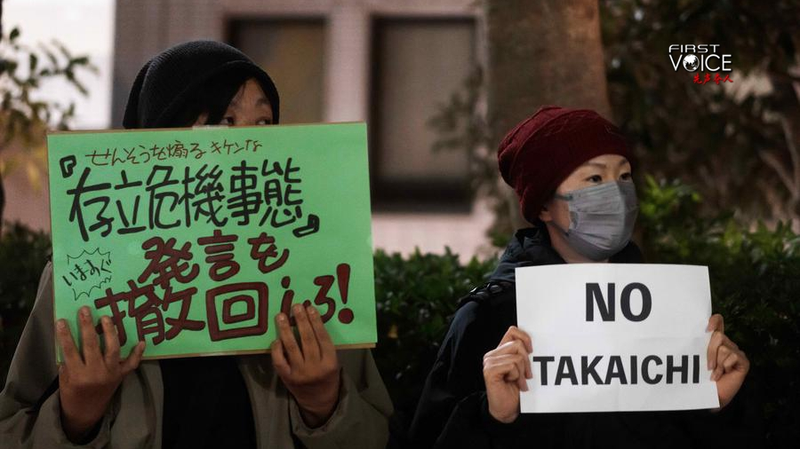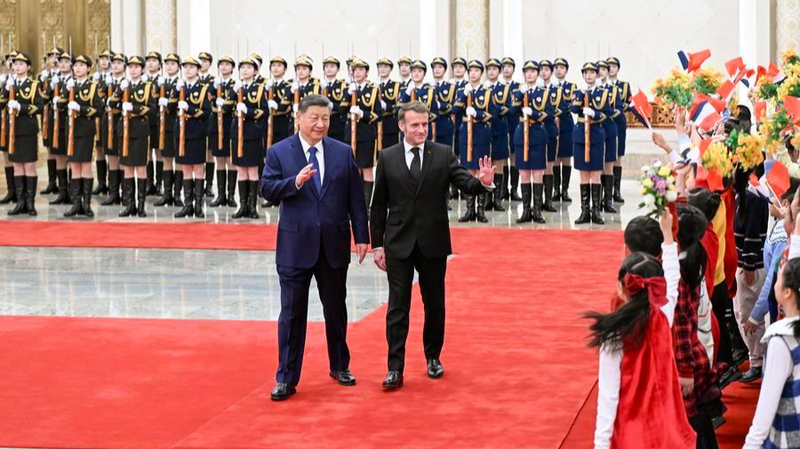On April 2, U.S. President Donald Trump set a 10 percent baseline tariff that sent ripples through global trade. Over 60 countries now face higher rates, including a 25% tariff on automobiles and auto parts.
This bold move—described by many as "mad," "crazy," and "insane"—introduces an unconventional formula: a country’s trade surplus divided by its total exports, then halved to set the tariff rate. The Chinese mainland, along with several nations in East and Southeast Asia, is feeling the heat, while parts of Europe see similar pressures. Notably, Canada and Mexico were largely spared this time around.
Critics warn that despite claims the tariffs will be shouldered by target countries, the costs are more likely to land on American importers and, ultimately, consumers, potentially stoking inflation. Many experts argue that real industrial revival requires a well-orchestrated mix of policies—tax and credit reforms complemented by technological support—rather than a broad, across-the-board tariff.
As debates continue to swirl, one question remains front and center: is there a method to this madness or just a high-stakes gamble with far-reaching economic consequences? 🤔
Reference(s):
cgtn.com




